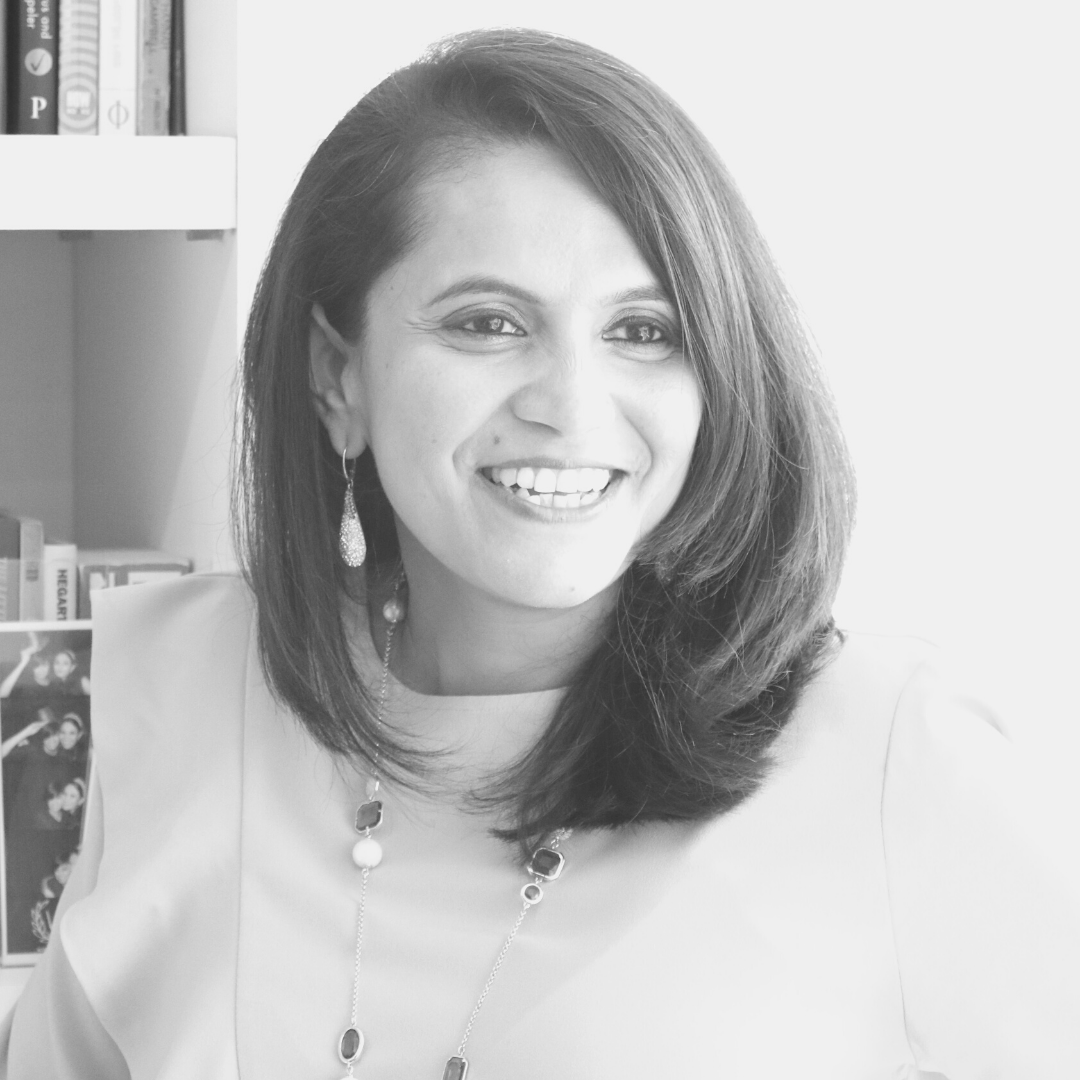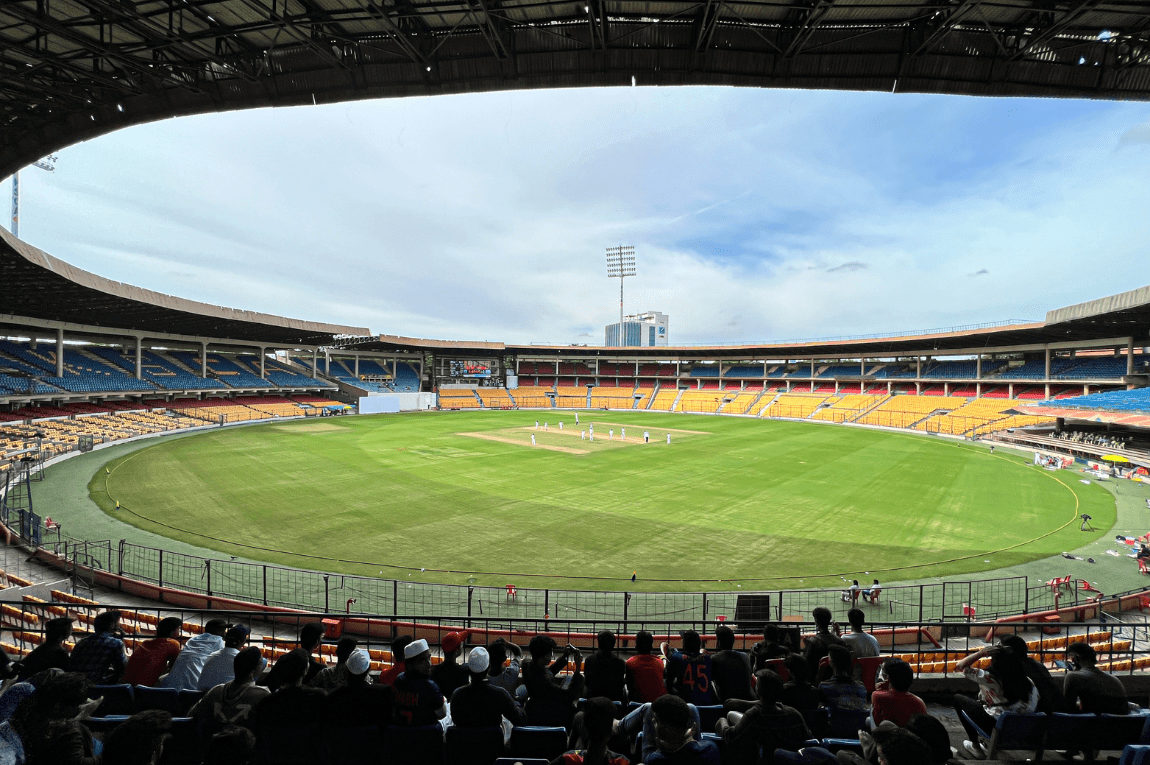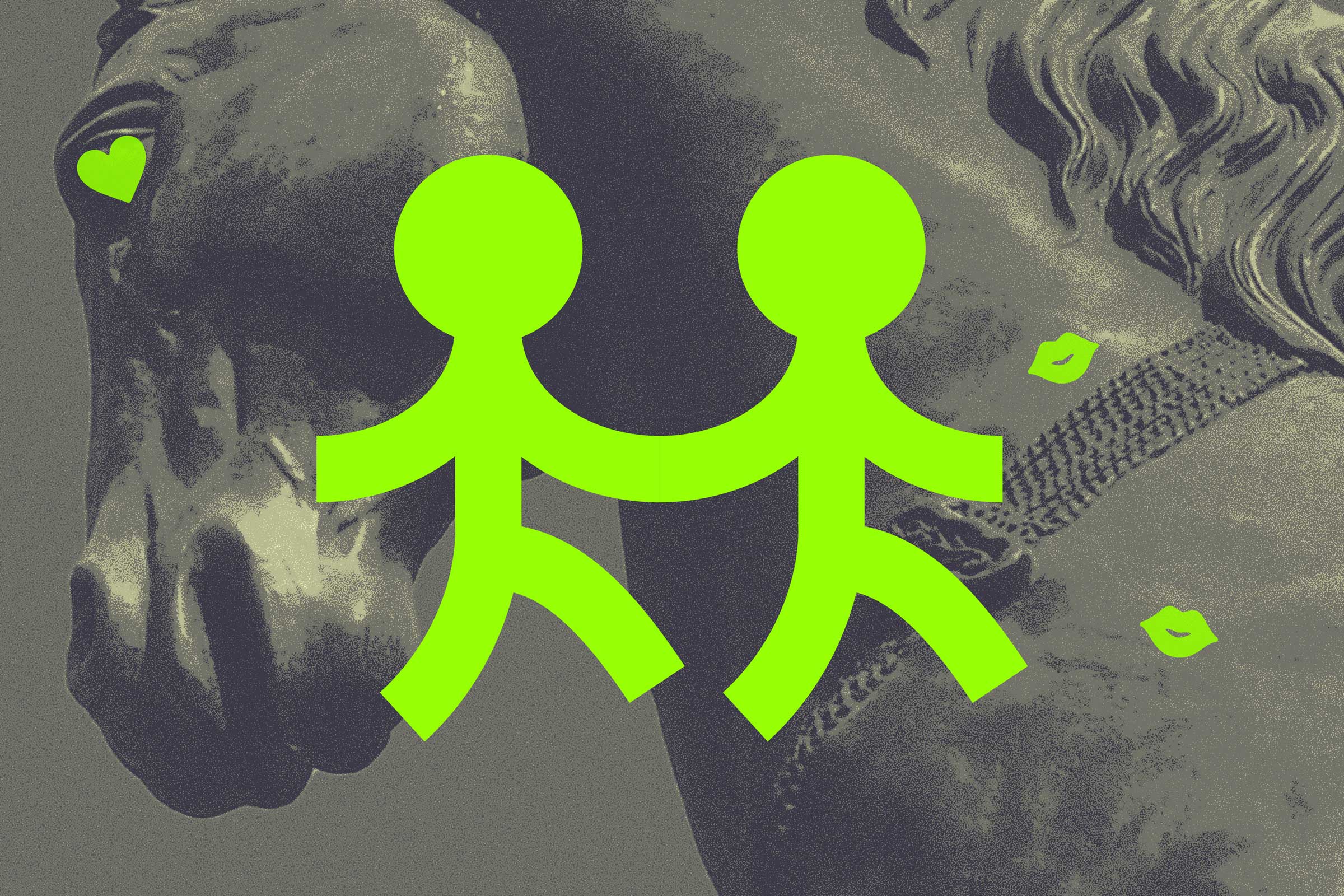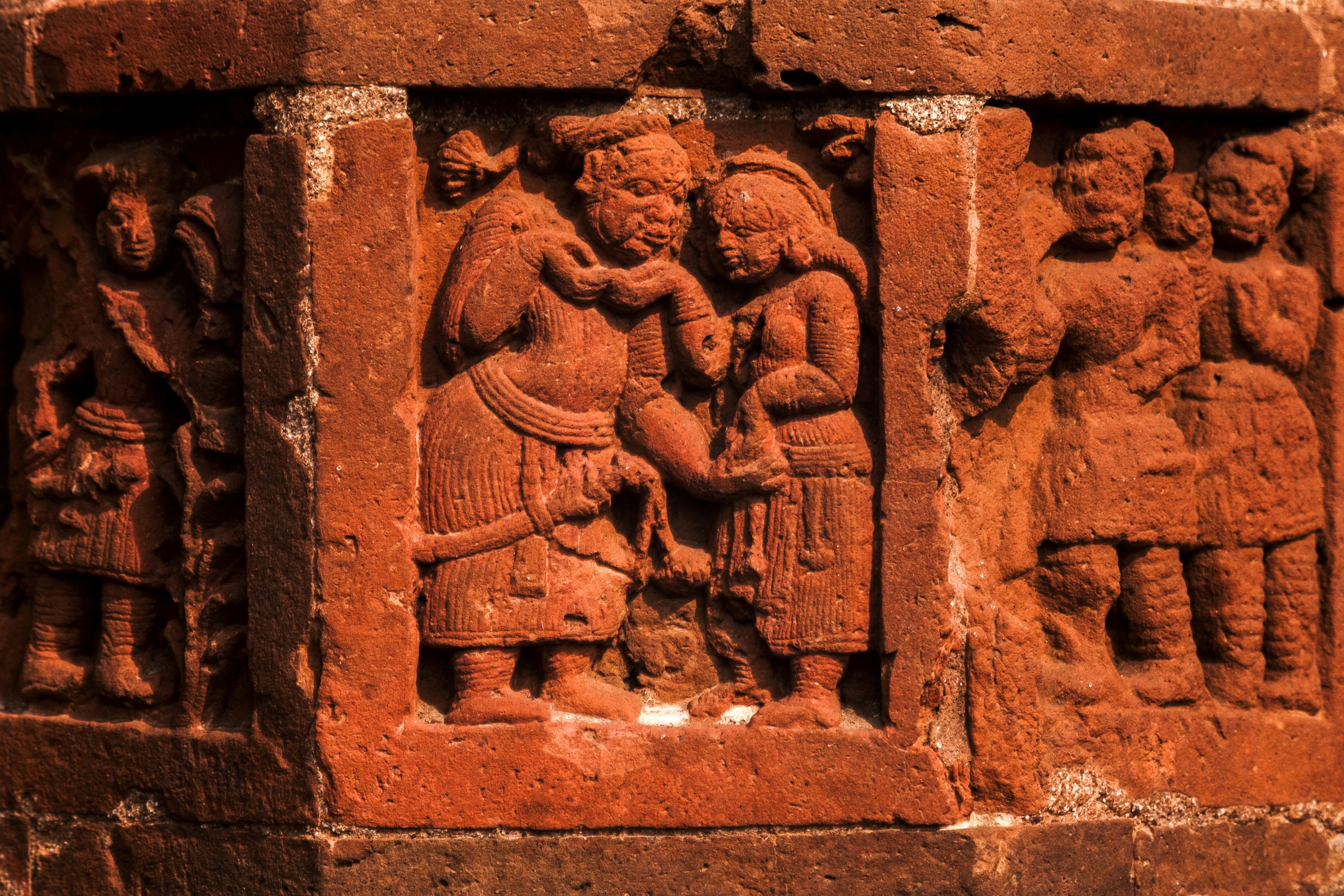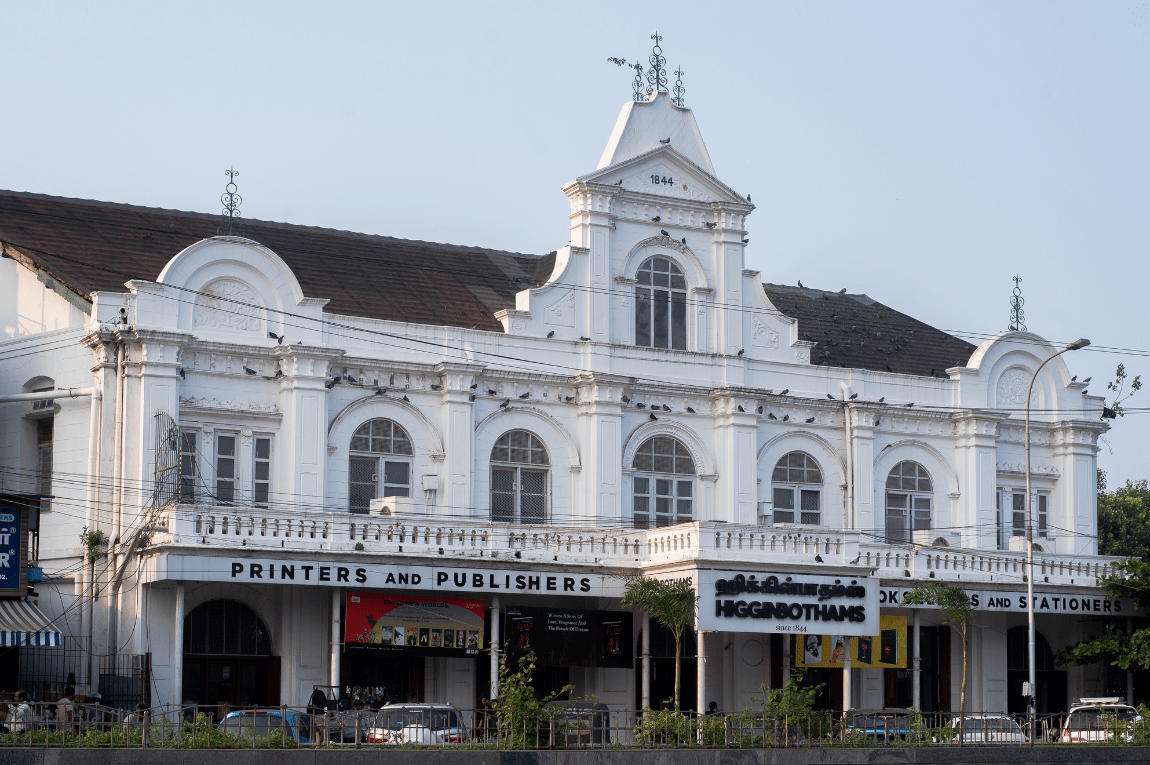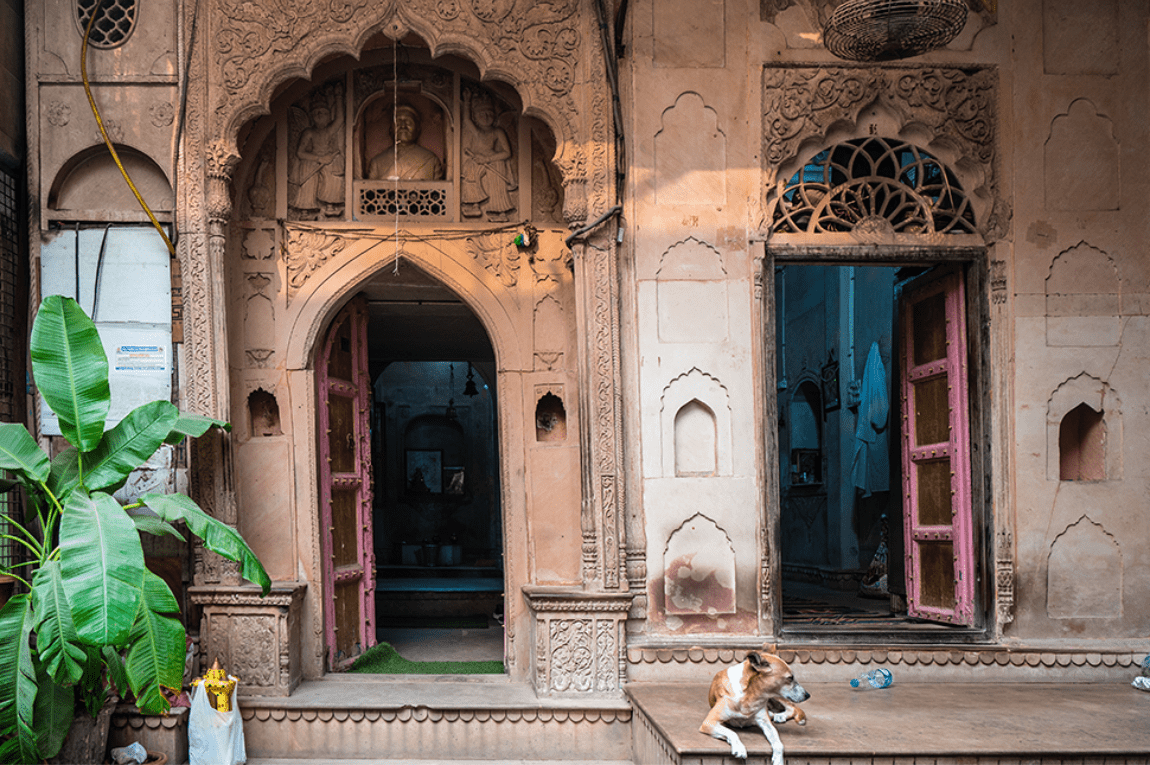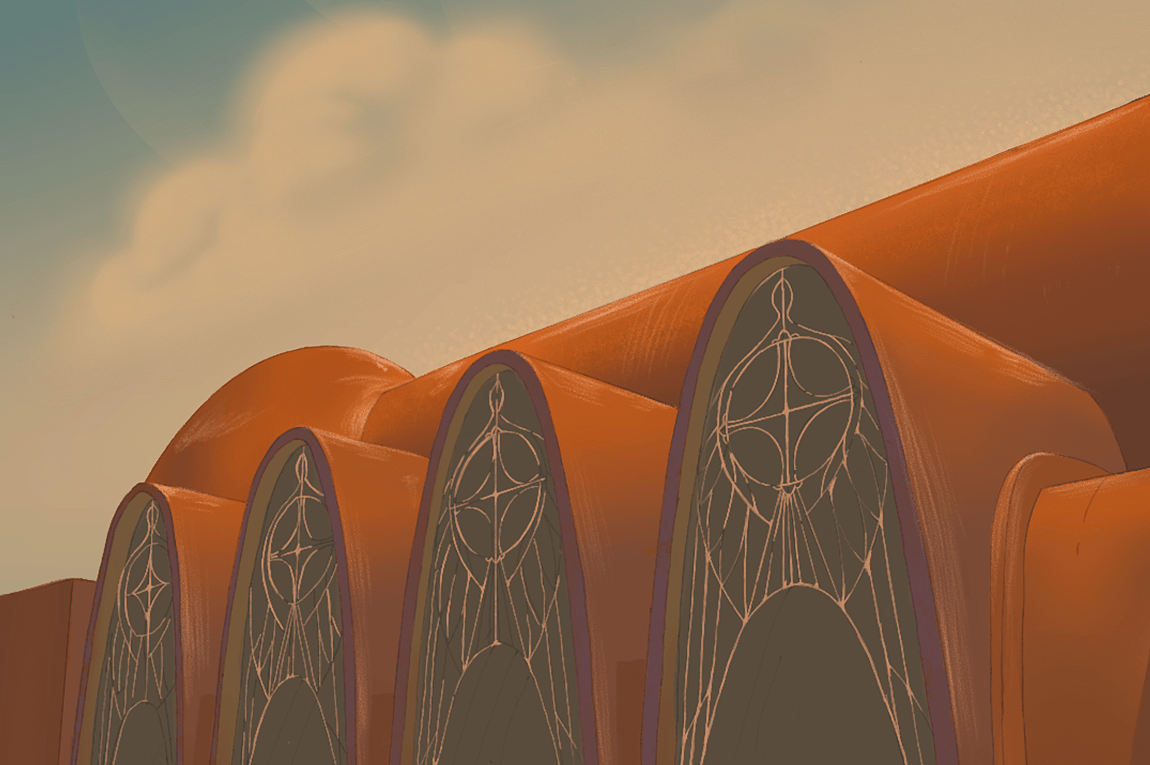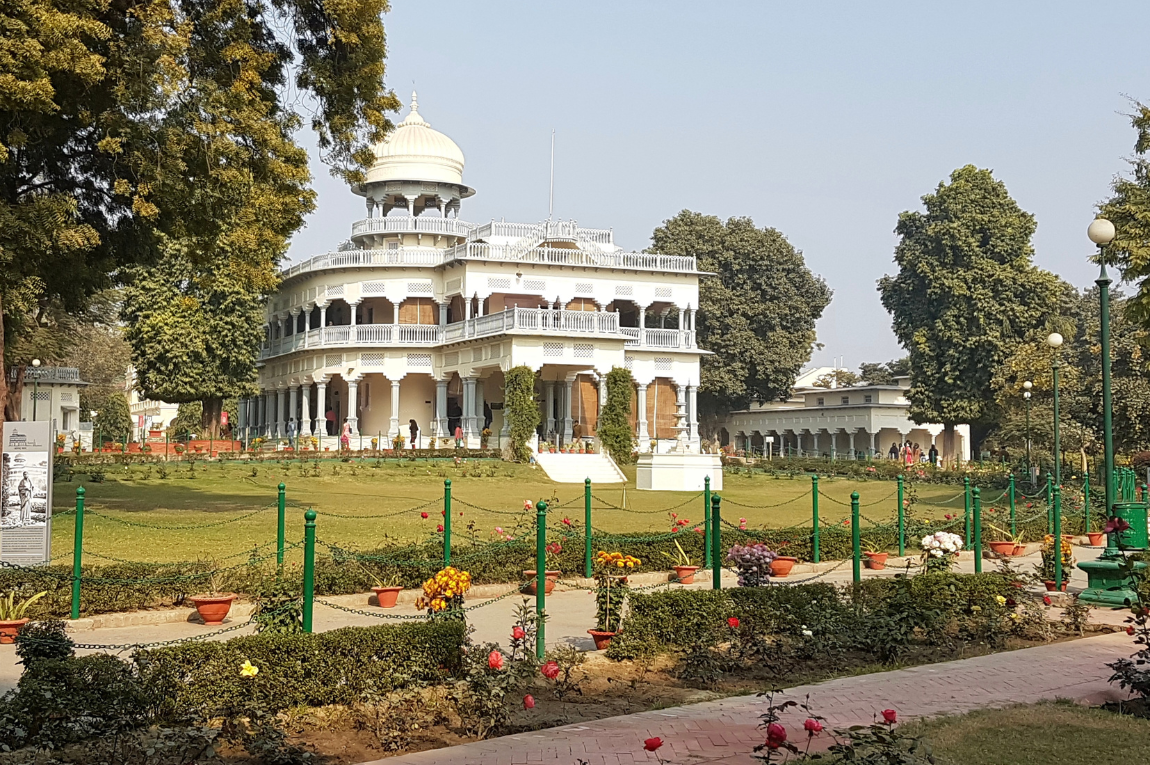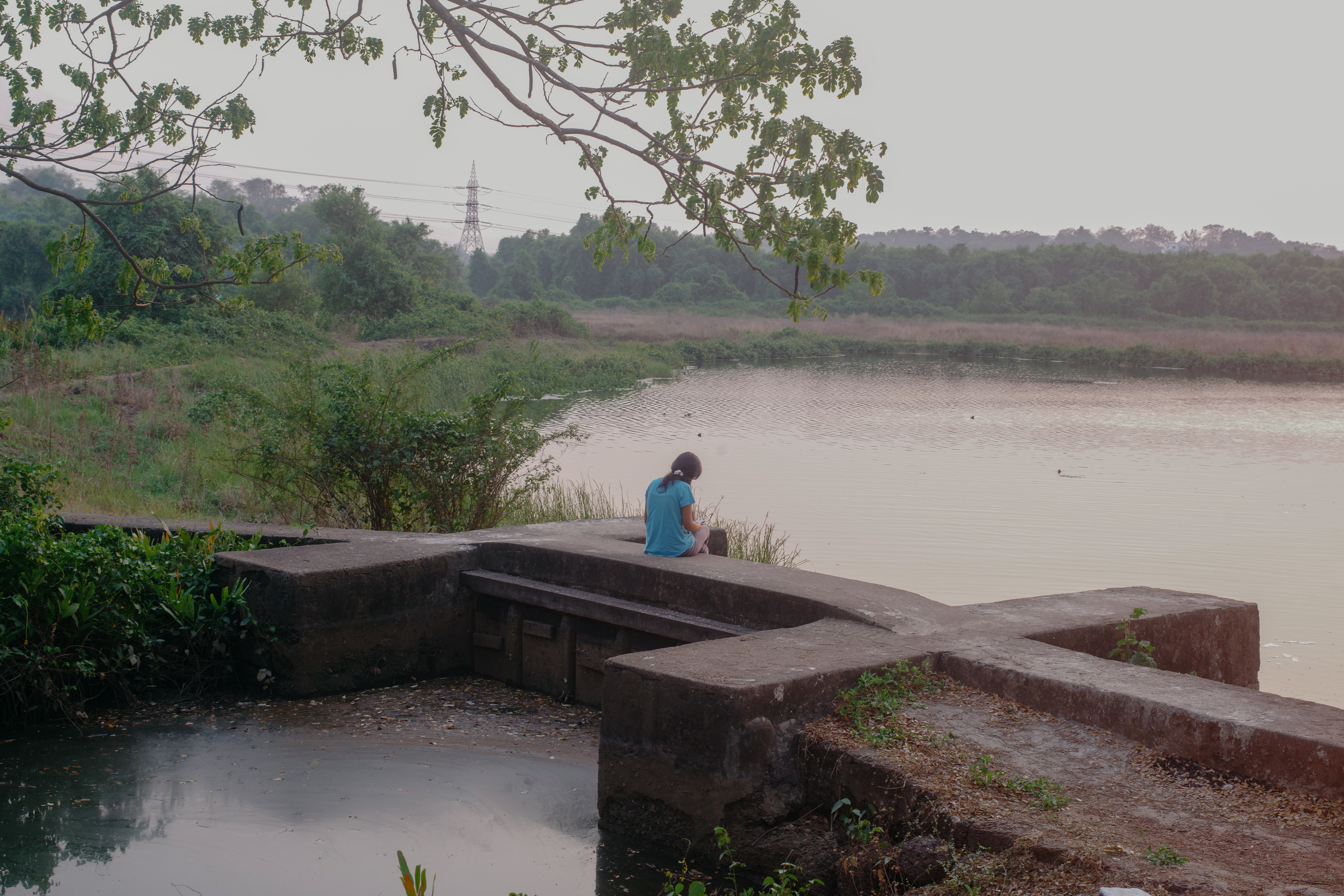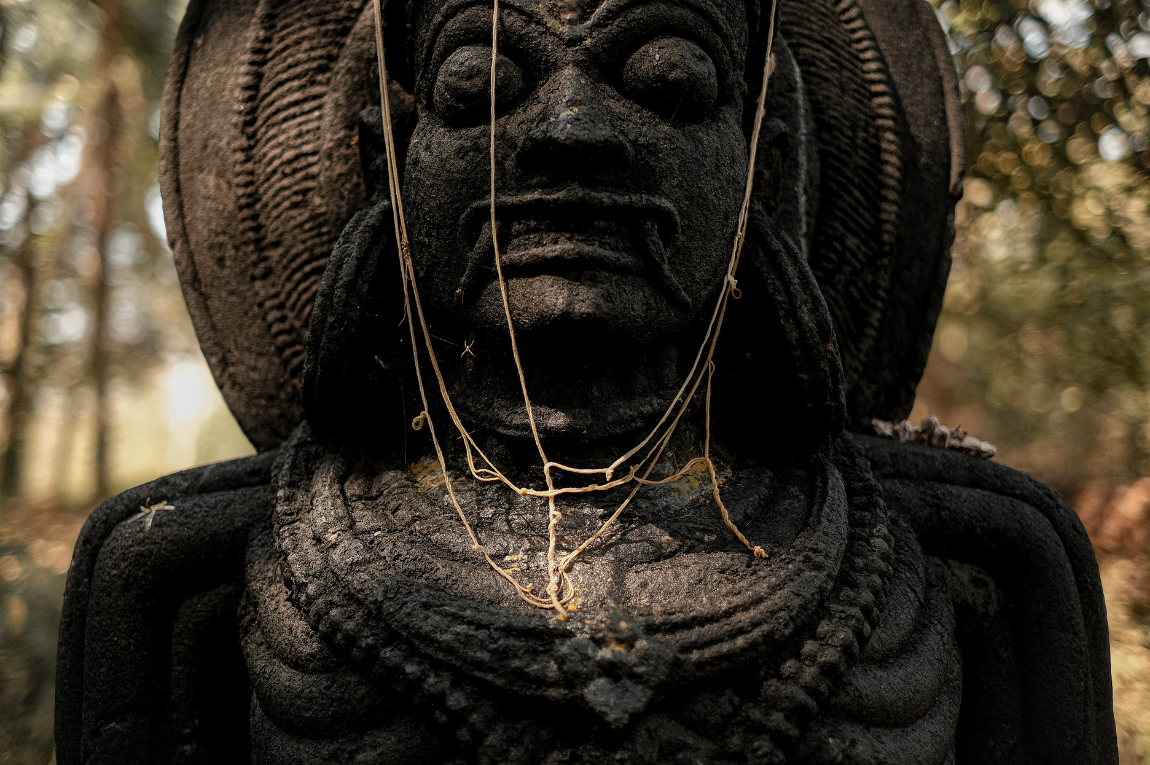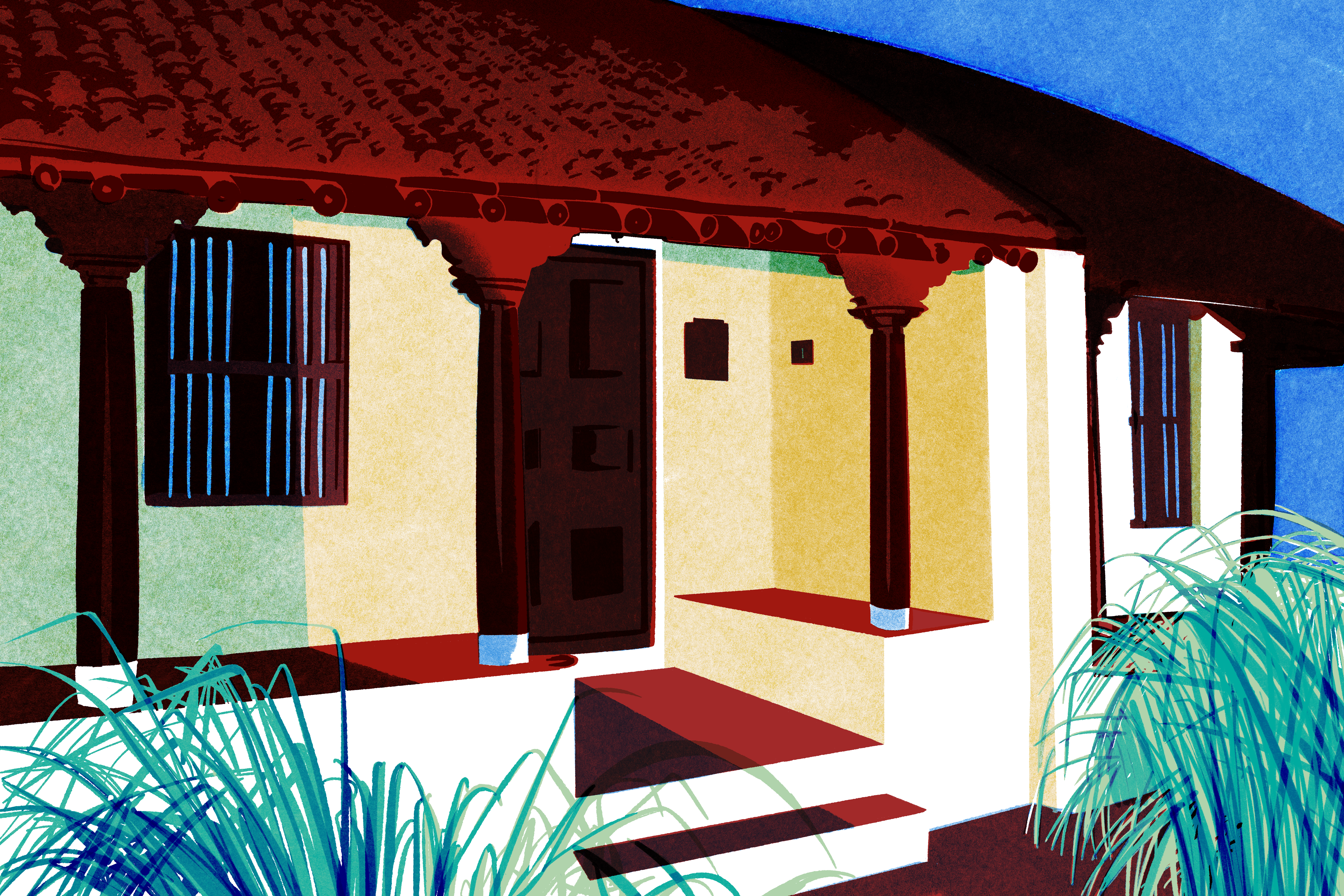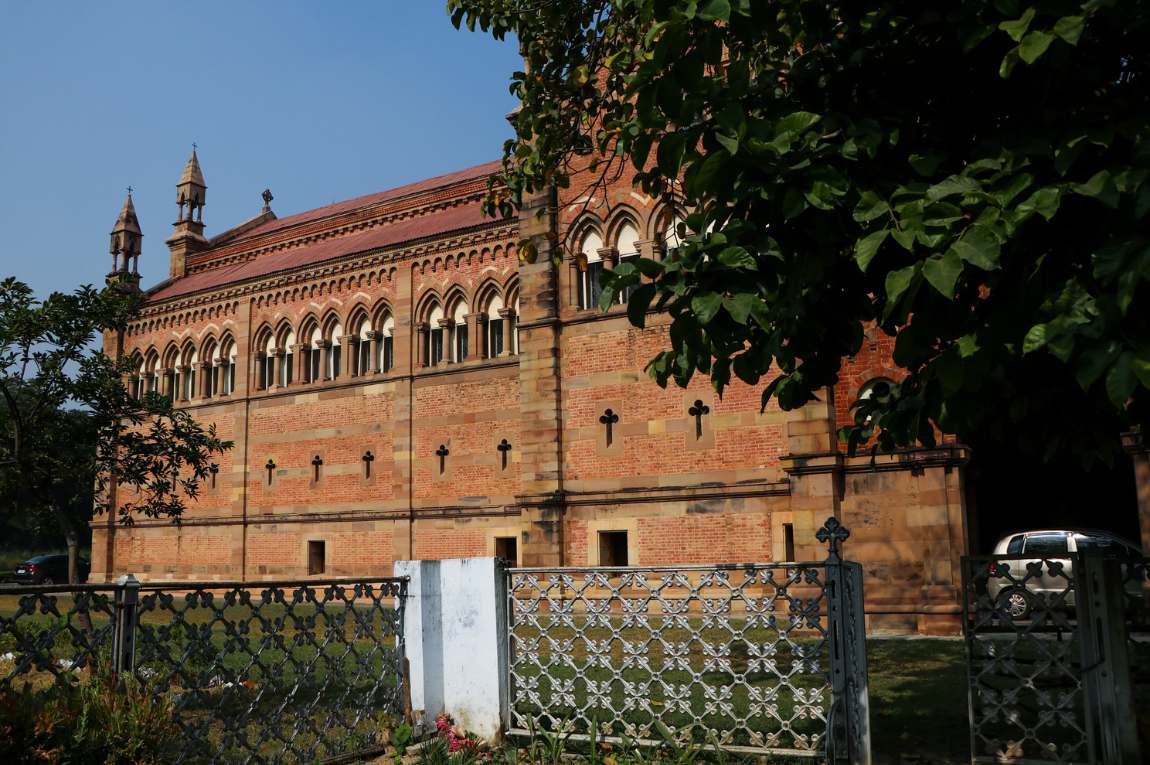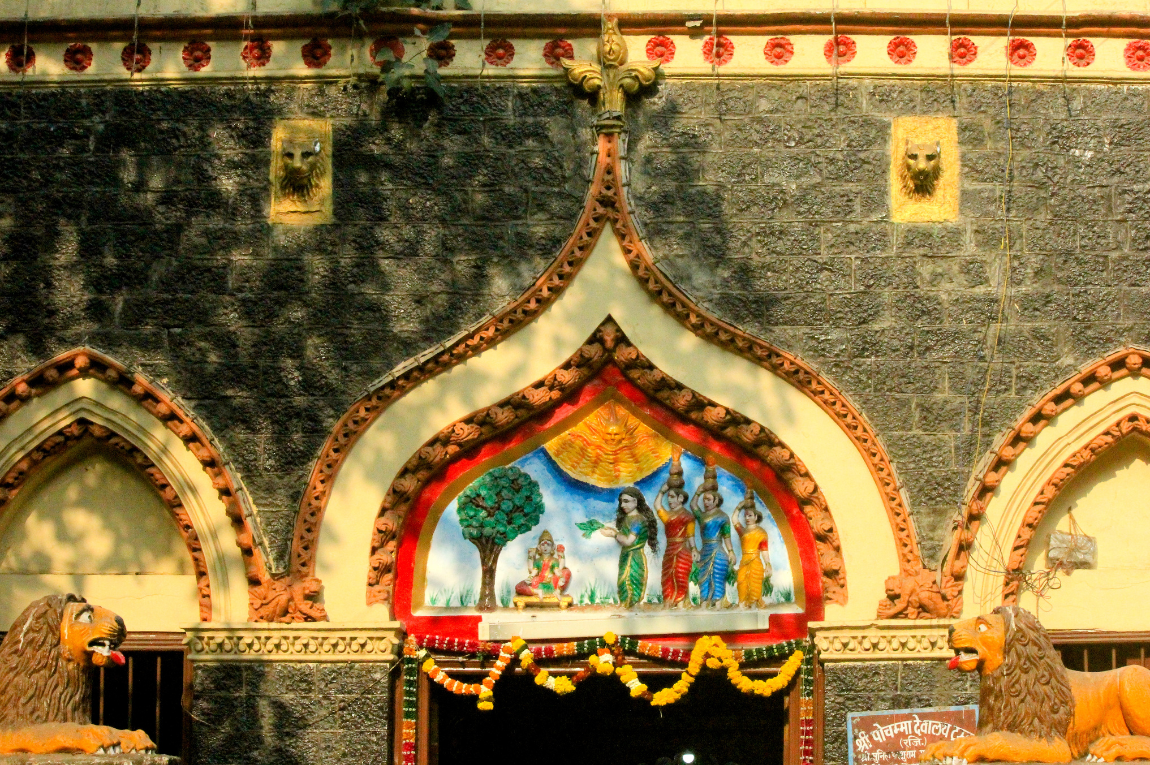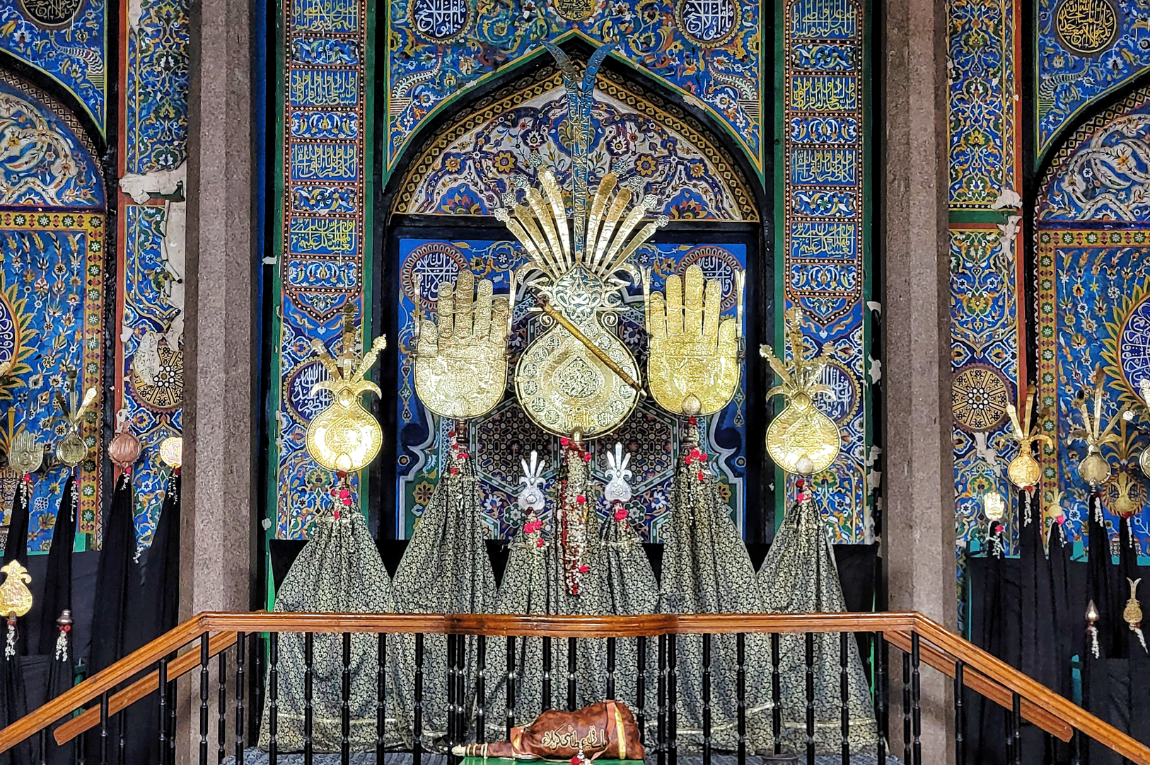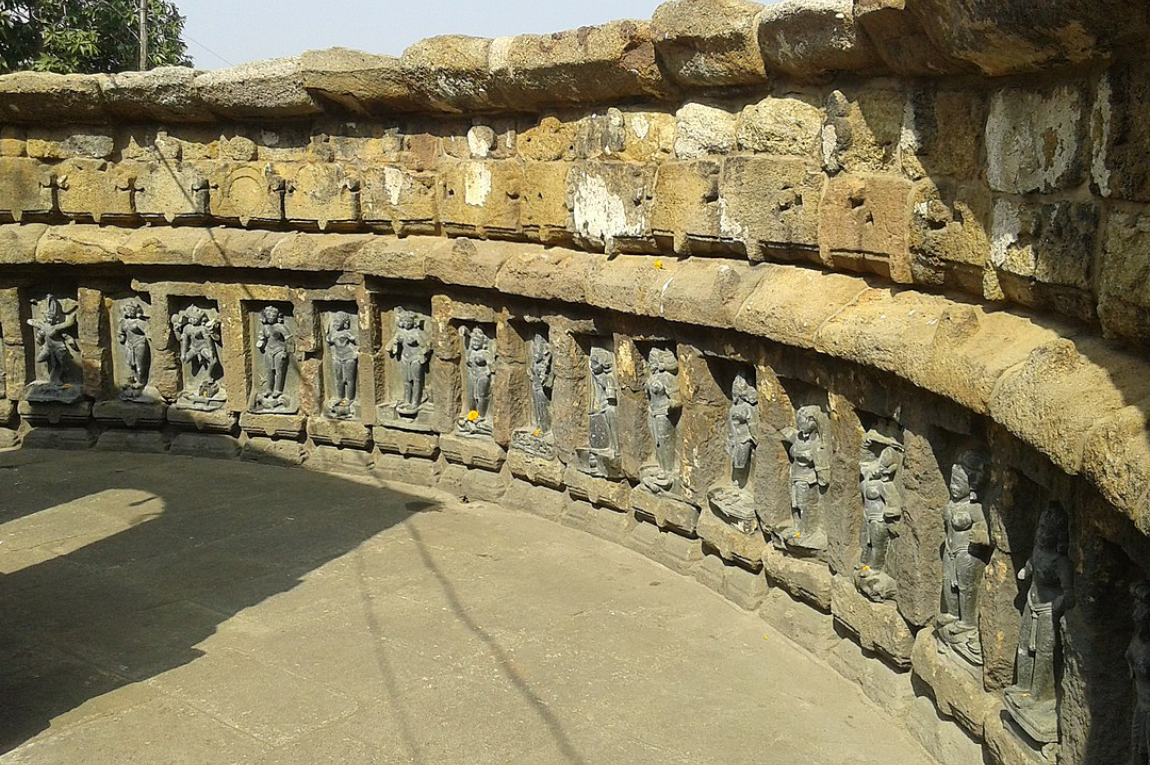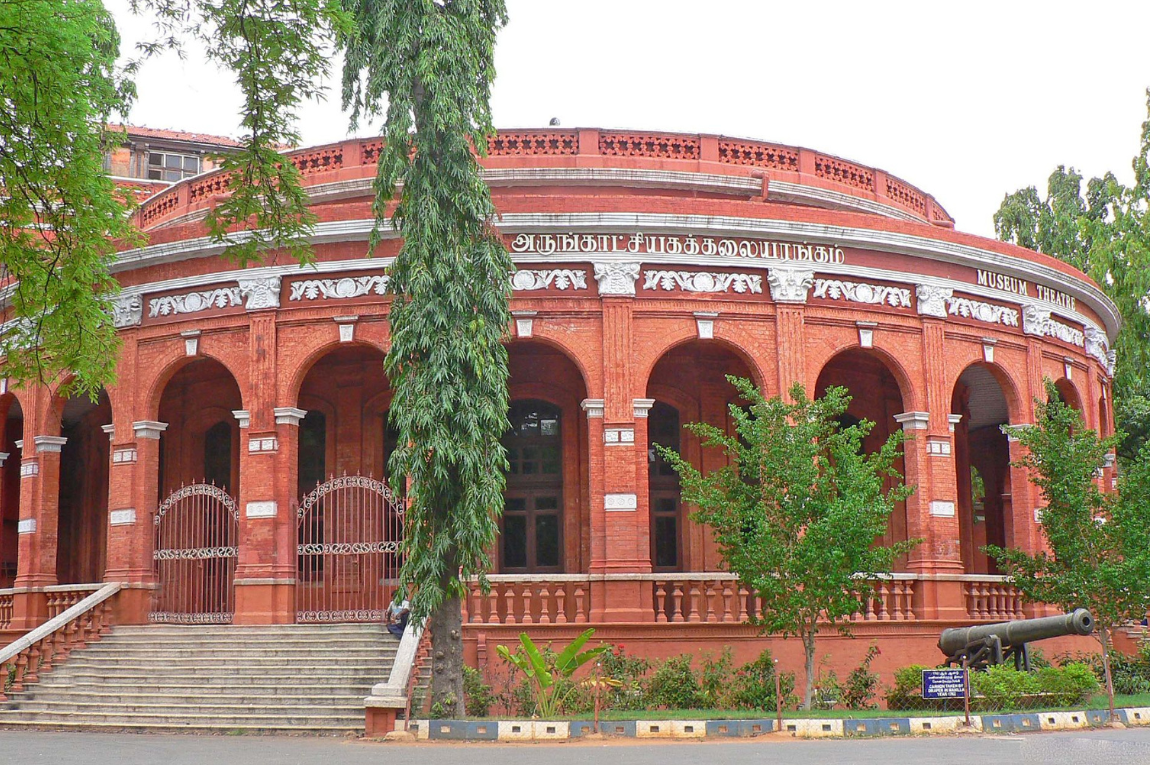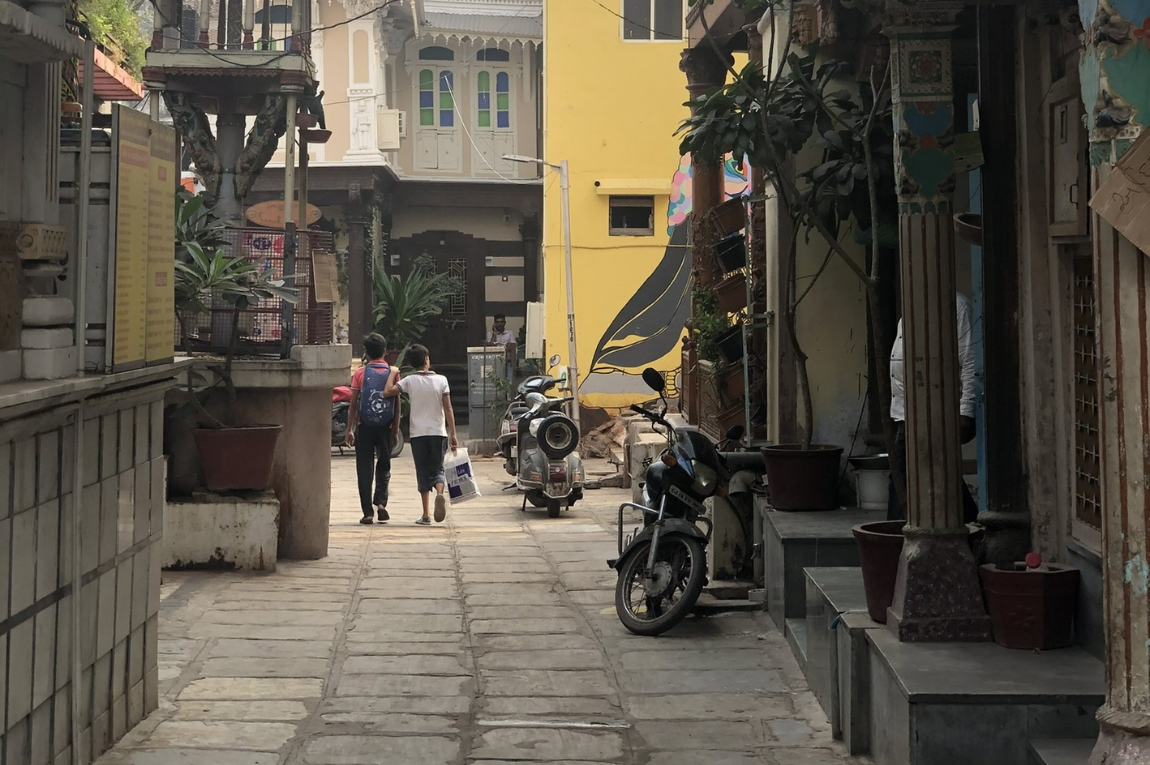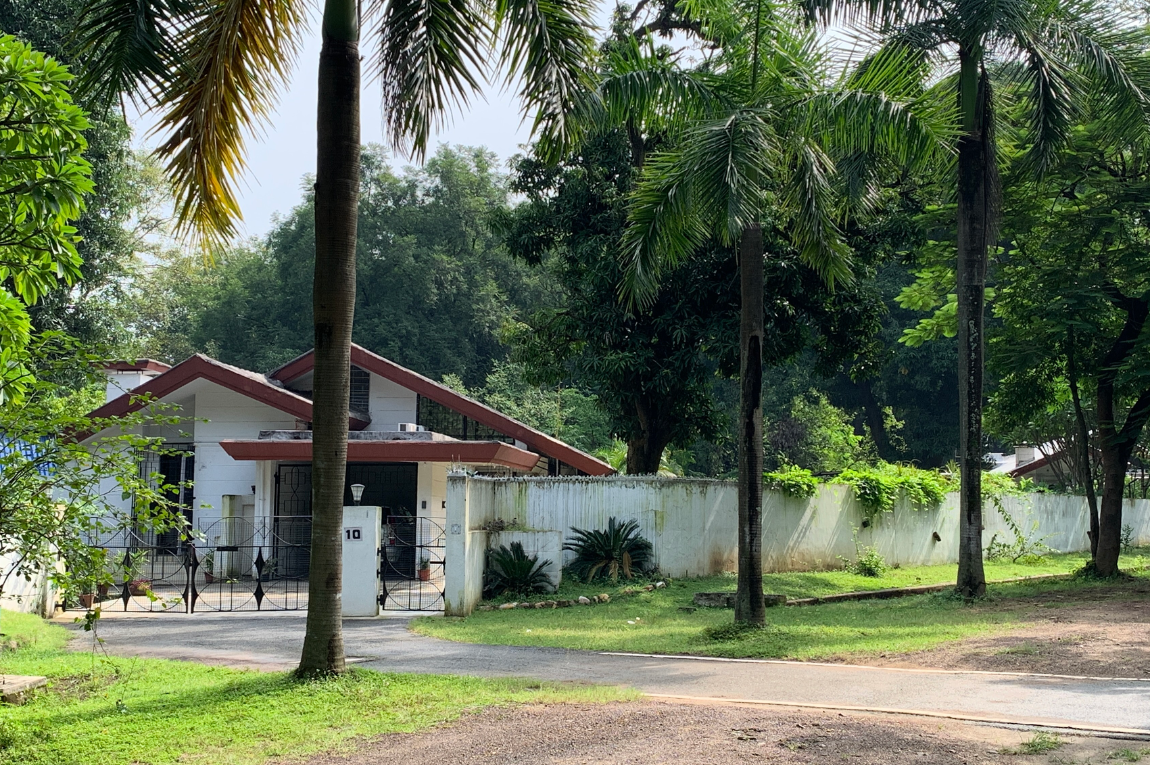What are you currently reading? Is there a work of writing you frequently revisit?
I am currently reading Deep Work by Cal Newport. I have been deeply affected by this book. The ability to do deep work has been severely compromised by our constant connectivity, attention fragmentation and business as a proxy for productiveness amongst other things. However, the importance and value of deep work has never been greater especially in the creative business. I’m trying to absorb all of Newport’s rules for success in an otherwise distracted world.
I do frequently return to the writing of Todd Henry, the author of many books for creative professionals, including Herding Tigers and The Accidental Creative. I also like to revisit Anne Lamott’s Bird by Bird.
You’ve been working with Landor for almost two decades, joining as a naming and brand strategist. What goes into the process of naming brands and creating an identity for them?
I feel extraordinarily lucky to have found a profession that I absolute adore. The process of naming a brand and giving it an identity is about honing in on the soul of the brand and then giving that soul a manifestation. It involves understanding the business, spending time with the desired audience to see how they interact with the category, looking at what mind spaces competitive brands occupy, and thinking about how the brand can create relevance and meaningful differentiation. All of this leads to potential insights upon which the brand could be based. This is then followed by defining the vision and purpose of the brand, working out its positioning, and articulating its personality. The brand platform leads to possibilities for names. There will be a lot of debate on the style of an appropriate name — this includes generating hundreds of names and then culling down the list. Presenting names to clients and facilitating a selection of the top contenders is an art in itself. Then there is the trademark reality of what can be registered and owned. Once the name is finalised, it is revisited, along with the brand platform, to begin an exploration for an identity which is holistic. It encompasses the whole experience of the brand, both online and offline. We then work on how the brand will be in human terms — how it looks, how it talks, what it does, how it sounds, how it behaves, how it dreams.
Words and visuals are both significant elements when it comes to engaging consumers with a brand or a product. How do you decide which one plays a more important role? Has the relevance of one over the other changed over the years, especially with shorter attention spans and the proliferation of digital platforms?
Visuals were edging out words — I wrote about this in my piece for Brand Equity titled ‘Word of Mouth to Word of Eye’. But with the advancement of voice-based technologies, audio (words again!) will reign supreme. I wrote for Mumbrella about how harnessing voice is going to be key for brands.
In view of the recent nationwide vigilantism and the need to censor almost every form of communication, how cautious and sensitive do you have to be while devising campaigns?
I’m a huge fan of creative bravery. The world needs more brands to stand up for, and have a voice on, the many defining issues of our time. History has proven that progressive brands leading the way can really turn the tide on social issues. In fact, research by Edelman (a global creative consultancy) shows that 53 per cent of consumers across the globe believe brands can do more to solve social problems as opposed to governments. The trick is to send strong messages using the right tone, without risking hurting sentiments. The latter is, undoubtedly, a can of worms.
What entails keeping a team unflaggingly motivated and inspired?
A clear sense of purpose. [The] belief that each individual is making a perceptible difference and adding value to the team’s efforts. Team chemistry; passion and internal drive; and a happy and cheerful work environment.
Is self-doubt important to you?
Absolutely. It’s what keeps you grounded otherwise overconfidence bordering on arrogance can get you off track. All of us have some level of the imposter syndrome!
Considering the expanding number of advertising and branding professionals and designers in the industry, what does it take to stand apart?
What are you really good at? Whom have you done it for? What real value have you created for clients? Are you a thinker, a reader, and a writer? Do you like to push the boundaries? Do you like to tell stories? Do you deliver what you say you will? Do you have a strong work ethic? Are you a likeable personality everyone can get along with? Are you fun to be with? Do you have lots of energy for work? Do you have hobbies outside of work? A combination of many of these elements could help you create a distinct personal brand, making you stand out.
Did you receive any advice as a young professional that has stayed with you through the years?
My first boss, R. Sridhar, at Ogilvy Consulting, taught me to arrive earlier than a scheduled meeting time, and to hang around for a while after a meeting had finished. Most of the value of meetings can be found in these bookends, especially if there are many people involved. It was a brilliant piece of advice that has served me well throughout my career. While I still arrive early for meetings, I often have to leave right after given the schedule these days.
There has been a gradual spurt in the number of communities and groups in the creative and communication industries addressing issues such as sexism at work, the lack of representation of women in leading positions, and even women’s safety at the workplace. What are your thoughts on the significance for such platforms today?
Such platforms are invaluable in furthering a desired agenda — be it the advancement of women at work, greater representation of women on boards, and so on. Collective intent and resources have the power to make things happen. I’m part of The Collective, a group of senior women in advertising and branding who have come together to address the issue of sexual harassment in our workplaces. We are working on a website to disseminate important information and to be a platform that women can reach out to when their companies fail them.
How do you keep on top of happenings and goings-on? Do you rely on any particular publications?
I read Mint, The Indian Express, The New York Times, BBC, Quartz, ET Brand Equity and Marketing Week on a daily basis. I also love The Economist. I subscribe to Creative Review, Business of Fashion, Harvard Business Review, and Foreign Affairs. I enjoy email newsletters such as Brain Pickings, Atlas Obscura and Colossal, to name a few. Then of course, there is Instagram, Facebook, Twitter, Flipboard and LinkedIn.
What is a regular work day for you like? Do you feel the need to follow a routine or is it flexible?
I’m usually up by 4.30 or 5 am. I do an hour of reading or writing in the morning. I spend an hour with my daughters before they get on the school bus. I try to work out for an hour every morning when I am in town — a combination of weight training, cardio and yoga on different days. I eat a hearty breakfast and reach the office by 9 am. I may be at work all day or in and out of client meetings or out of town. I try to eat lunch with the team on our spectacular terrace but more often than not I end up eating at my desk which I don’t like as it leads to mindless eating. I usually leave work by 6 pm unless there is a video conference with a colleague abroad. The day is interspersed with brainstorming sessions, conference calls, and meetings. I do block out time for reading and thinking during the day. When I get home, I spend some time with my daughters on their school work or we play a game, eat dinner with the family, get my girls to bed, do some reading, and then lights out by 9.30 pm. I dedicate weekends to the family. While I do enjoy my routine, I’m not a slave to it. Being flexible is absolutely essential because of the fluid nature of being in the business of professional services.
What do you do to relax and unwind?
I love cooking with my daughters, and we also do creative projects together. I enjoy massages, and swim and play tennis on weekends. We love to travel as a family, which gives us a lot of bonding time, away from the frenetic pace of our lives in Mumbai.
